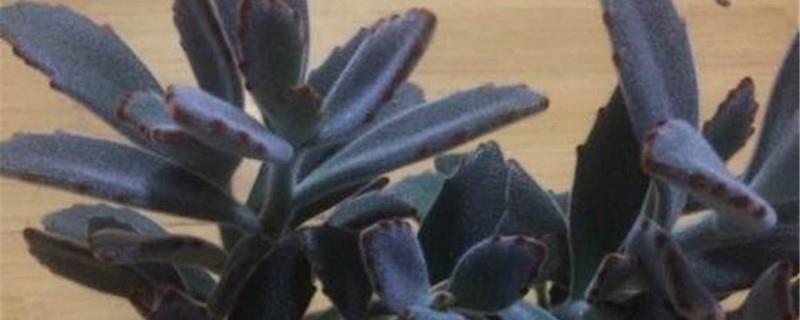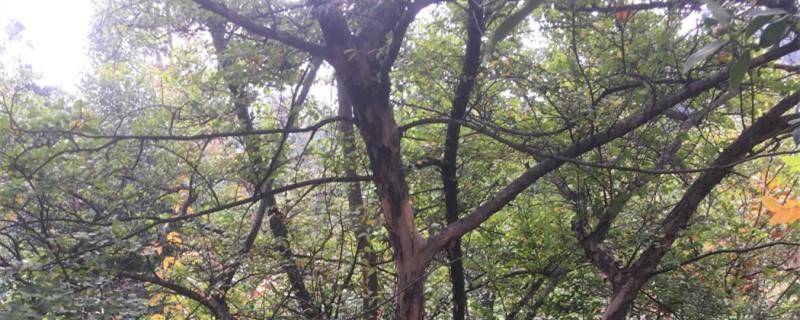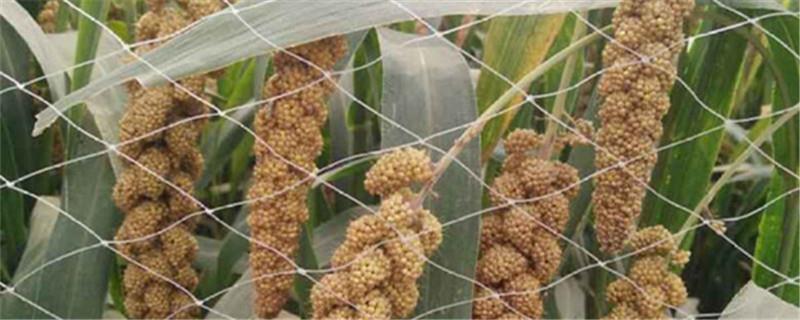Black rabbit ears breeding methods and precautions
Last Update :2024.05.02
Article Catalog
Temperature: The temperature for maintaining black rabbit ears should be controlled above fifteen degrees, and the overwintering temperature should be adjusted to above five degrees, otherwise it will be frostbitten; Watering: It does not consume much nutrients when it grows, one week Watering once is enough; Fertilization: Except for monthly fertilization during the growth period, there is no need to fertilize at other times; Light: ensure about four hours a day.

1. Maintenance methods
1. Maintenance method
1. Temperature: It has strict requirements on maintenance temperature. The temperature during the growth period should be controlled between 15 and 25 degrees, and the temperature during winter should be controlled. Above five degrees, otherwise the plants will be frostbitten.
2. Watering: Its growth does not require a lot of water. Just keep the soil slightly moist. In addition to watering the roots, when the weather is hot, you also need to spray water on the branches and leaves. To achieve the purpose of cooling down, water it generally once a week to ten days.
3. Fertilizer: During the growth period, fertilize it once a month. The fertilizer should be a succulent fertilizer.
4. Lighting: It is not resistant to strong light, so astigmatism should be the main light source. The daily lighting time should be four to six hours.
2. Breeding skills
1. Propagation: For propagation, you can use branch cuttings. The operation method is very simple. First, cut off the healthy old branches, then dry them slightly, and finally Just insert it into slightly moist soil. During maintenance, keep it in a cool and ventilated place. Roots will usually grow in about twenty days. Do not water frequently during this period.
2. Repot: During the maintenance process, it needs to be repotted frequently, so that every part of the plant can receive even light. Otherwise, the branches of the plant may be long or short, affecting the appearance. At the same time, the maintenance pot should choose a sand pot with good air permeability to ensure the normal growth of the roots.
3. Problem diagnosis
1. Yellowing of branches and leaves: The yellowing of leaves may be caused by improper fertilization, because its roots are relatively sensitive and when fertilizing If fertilizer is applied directly to the roots, it will easily burn the roots, which will cause the branches and leaves to turn yellow. If this happens, it will first affect a large amount of watering. How can the fertilizer be washed away from the roots to the maximum extent, and then the plants should be placed in a cool and ventilated place. For local maintenance, do not water it for the time being. After it recovers, you can breed it normally.
2. Leaf curling: The problem of leaf curling on plants is mostly caused by excessive light. The lighting method needs to be changed to astigmatism.
IV. Other questions
1. Whether it can be cultured indoors: It can be cultured indoors because its plant is not tall and it is not very picky about the maintenance environment, so it can be grown indoors. For breeding, it is more suitable.
2. Edible: Most succulent plants are inedible, and it is no exception. If you accidentally come into contact with its juice during the maintenance process, it is best to wash it with disinfectant or soapy water to avoid causing allergies.
2. Breeding skills
3. Problem diagnosis
4. Other issues
- END -
Cultivation methods and matters needing attention

Soil: Cinnabarum is suitable for growing in fertile soil; Watering: Large potted p...
When to sow wheat and when to harvest it

The sowing time of wheat depends on the planting area. The sowing time is not cons...